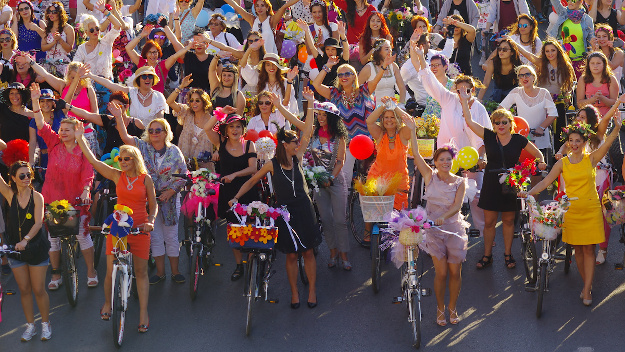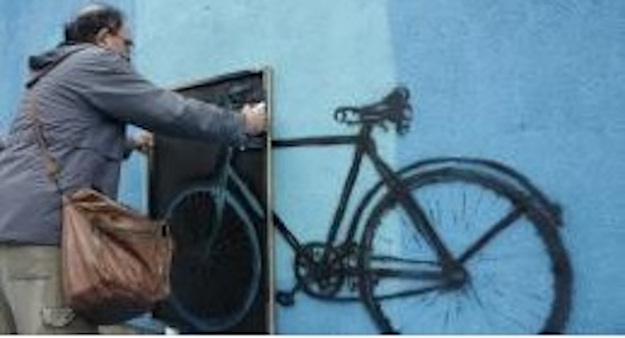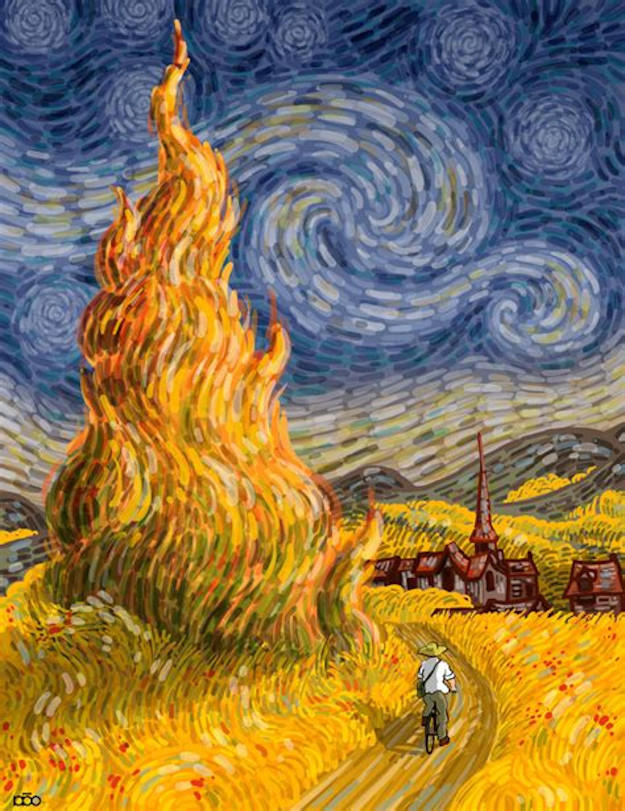Is there a place in which you can cross a see without stopping pedaling? Yes, there is at least one with an amazing infrastructure which allows it. Concretely, it is located in Japan and the inner see is called Seto. Throughout 70 km and 8 islands, you can enjoy impressive landscapes and the local culture. It was inaugurated in 1979 and connects the island of Honshu, which contains Tokyo among other cities, on the North with Shikoku on the South. The path crosses other islands (Mukaishima, Innoshima, Ikuchi, Omi, Hakata and Oshima) in between.
In some places bicycles share space with cars in wide, two-way, physically separated lines whereas in others exclusive sections for bikes make happy bikers. Other dedicated infrastructures like access ramps complete the bike like.
But pedaling is not the only pleasure of these islands. Cycle-tourists also appreciate nature and Japanese cuisine and they sometimes opt for spending days in deep knowing every island they ride on by spending time contemplating the docks and orchard fields.
Some tips:
-
You can make the Shimanami Kaido with your own bicycle or you can hire one in the cities of Onomichi or Imabari since both are tourist oriented
-
Moreover, there is a shared bike service between islands called Shinamami Rental Bike
-
As it comes to weather, the Winter is really cold and windy. Summer is warm and humid, and typhoons should appear at the end of August and in September. Thus, Spring and Autumn are the most interesting seasons in which to pedal the Shimanami Kaido
-
Be aware of the train Japanese law if you need to use this way of transport
-
If you want something livelier, try the Cycling Shimanami. The organization proposes a non-competitive ride from 30 to 140 km in which thousands of people pedal as a mass. 7,000 people was the limit of the last edition back on the October 30, 2022




